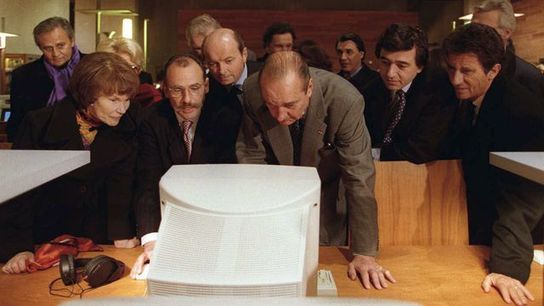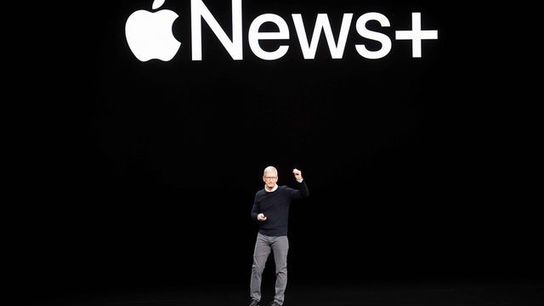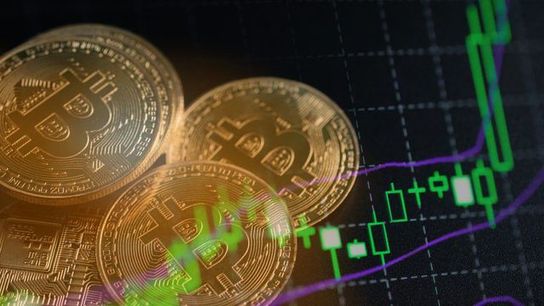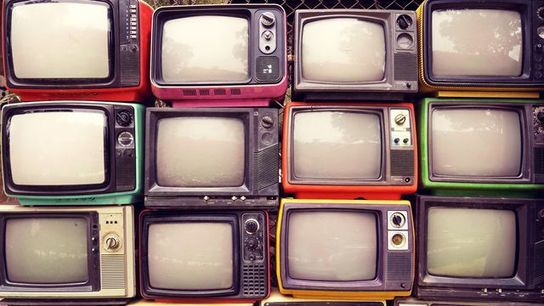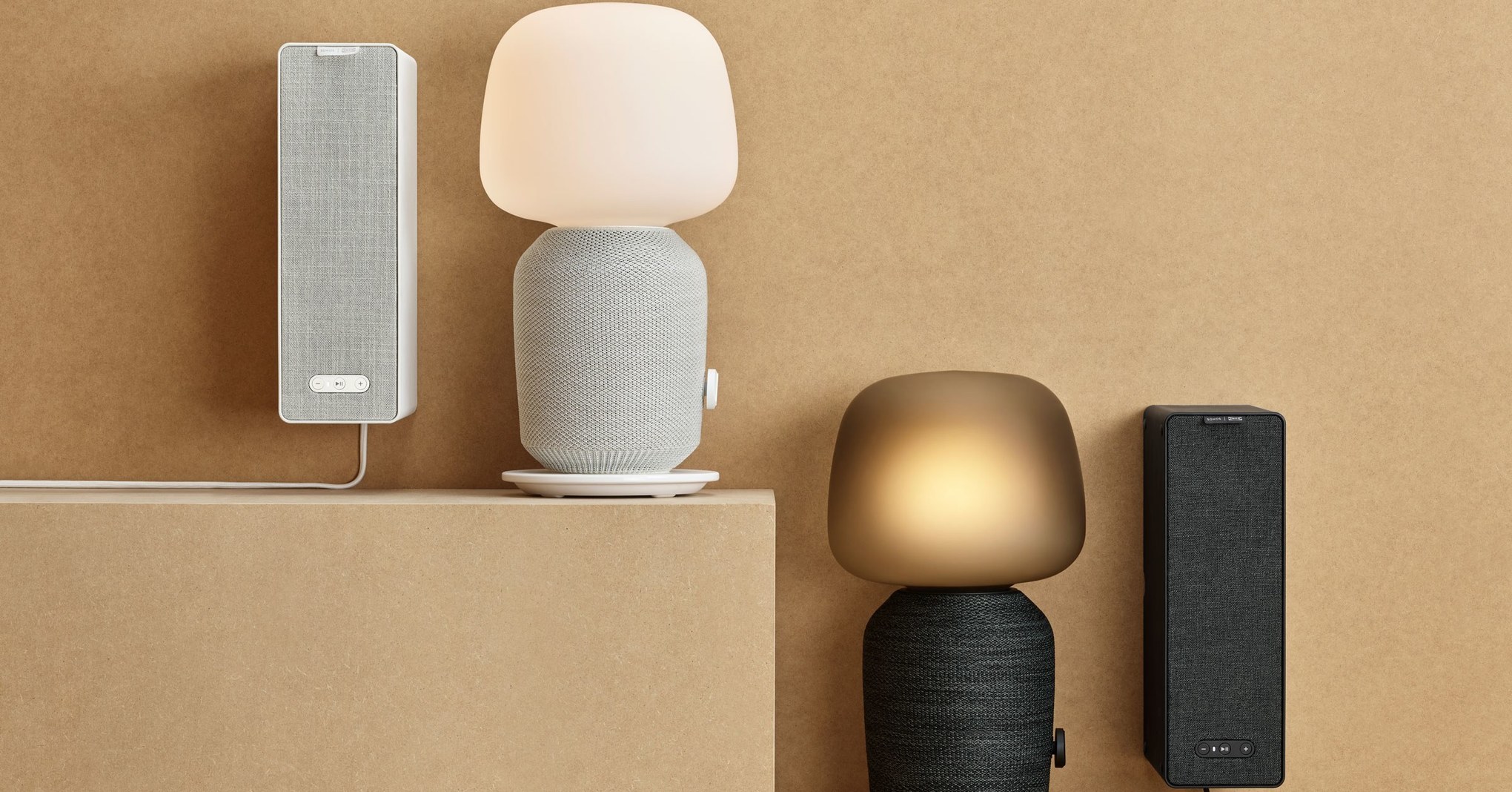Jusqu’où l’intelligence artificielle peut-elle aider à gouverner ?
A en croire un sondage de l'université espagnole IE mené auprès de 2.500 personnes en Europe, 25 % des Français seraient « favorables à laisser partiellement ou totalement l'intelligence artificielle (IA) prendre des décisions importantes pour diriger leur pays ». Un chiffre identique à la moyenne européenne.Dit autrement, il semble qu'une minorité envisage que l'IA puisse assister, à des degrés différents, les hommes et les femmes politiques dans leurs décisions.La gestion de l'EtatDe fait, les algorithmes existent déjà dans la gestion de l'Etat : calcul des impôts, des aides, affectations à l'université, etc. Depuis un an, le gouvernement a lancé plusieurs chantiers en intelligence artificielle pour aider l'administration dans ses tâches quotidiennes. Par exemple, la Direction générale de l'alimentation travaille sur un outil qui permettrait de repérer les commentaires négatifs sur Internet afin d'orienter les contrôles d'hygiène.

